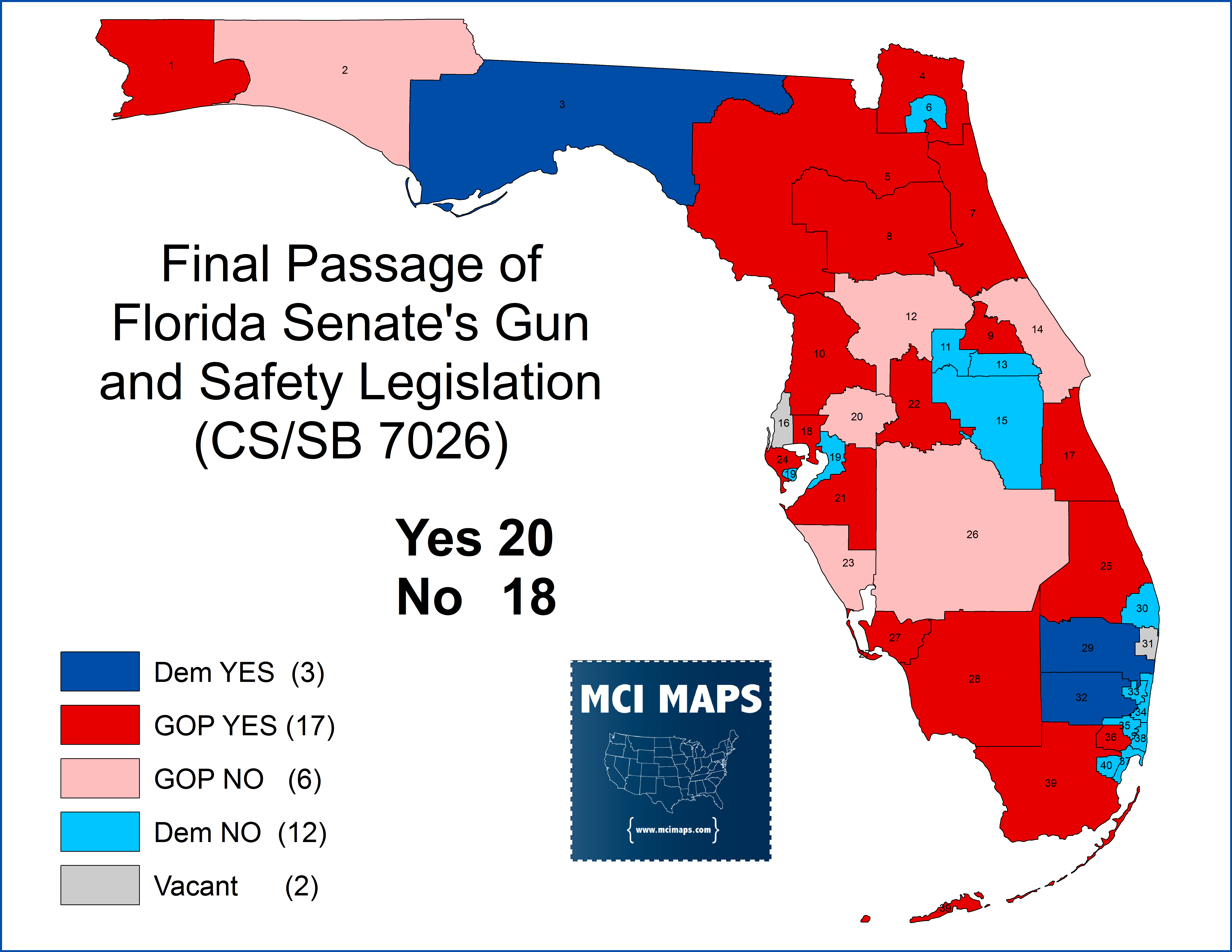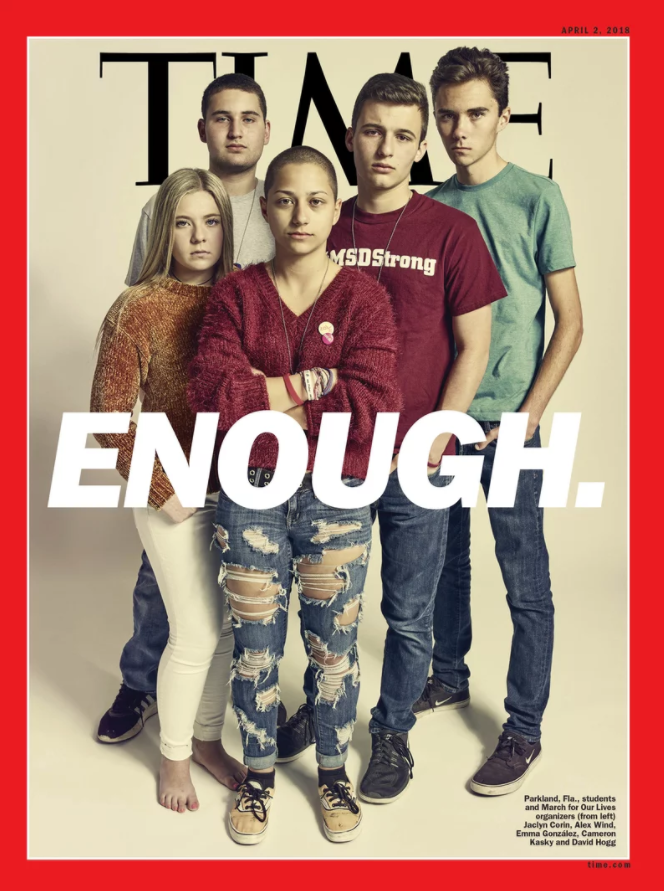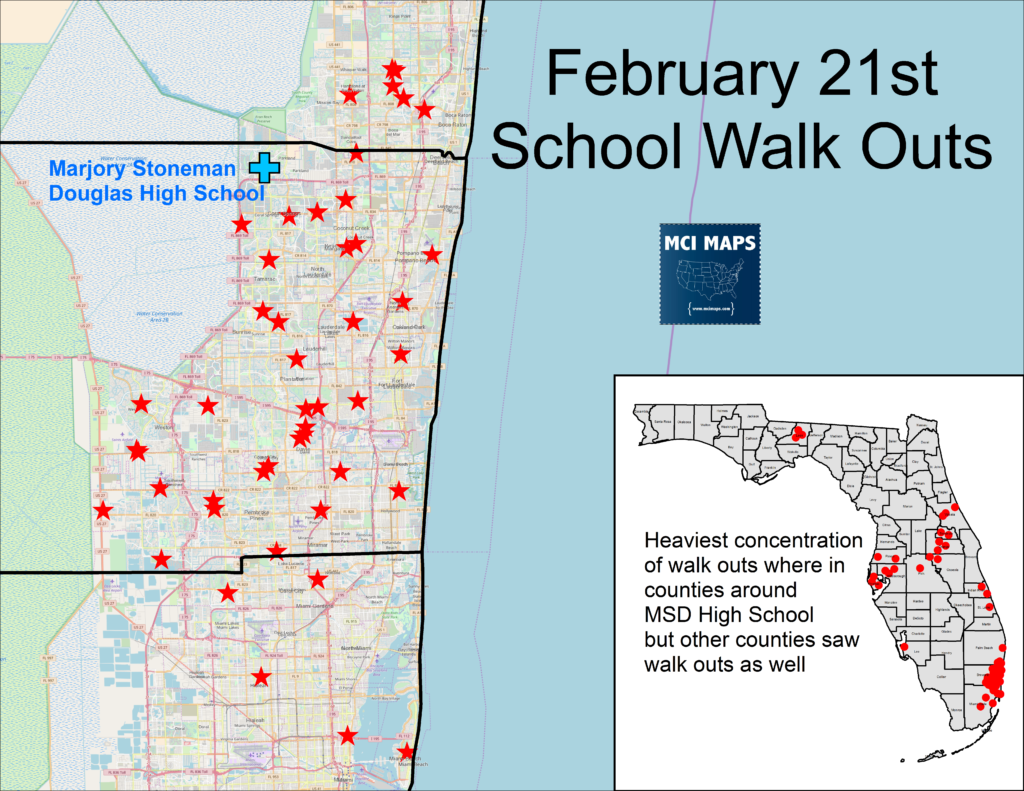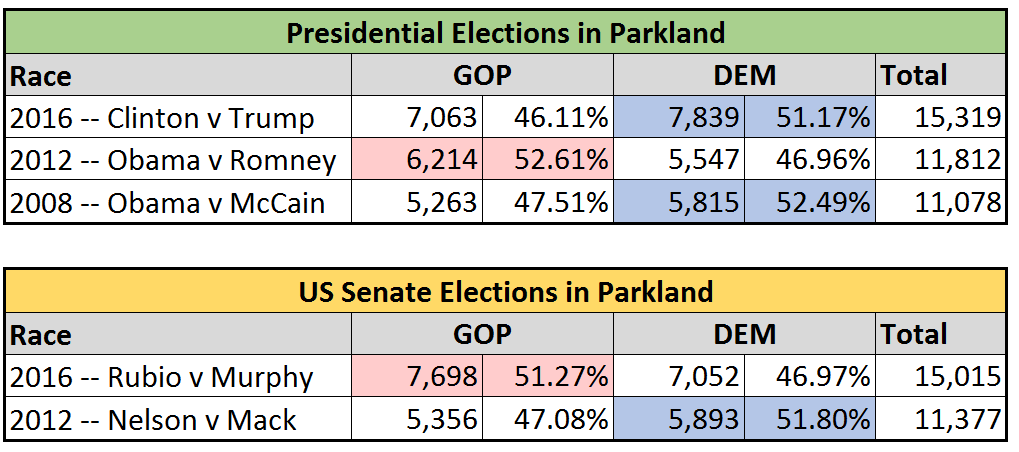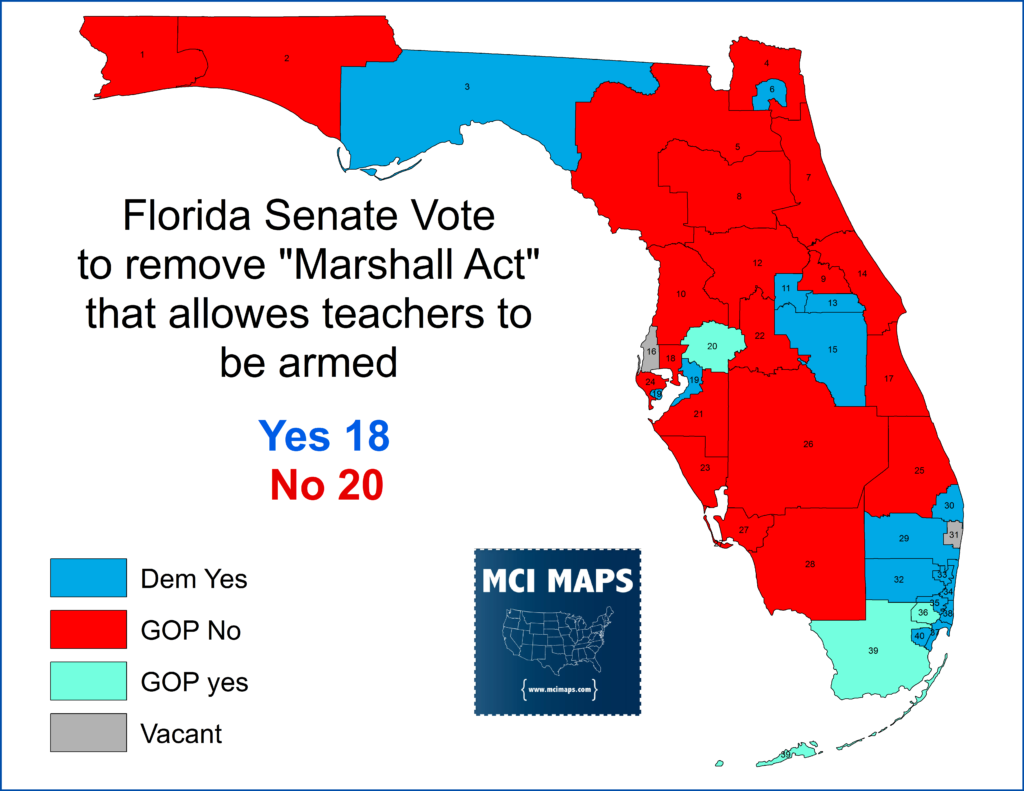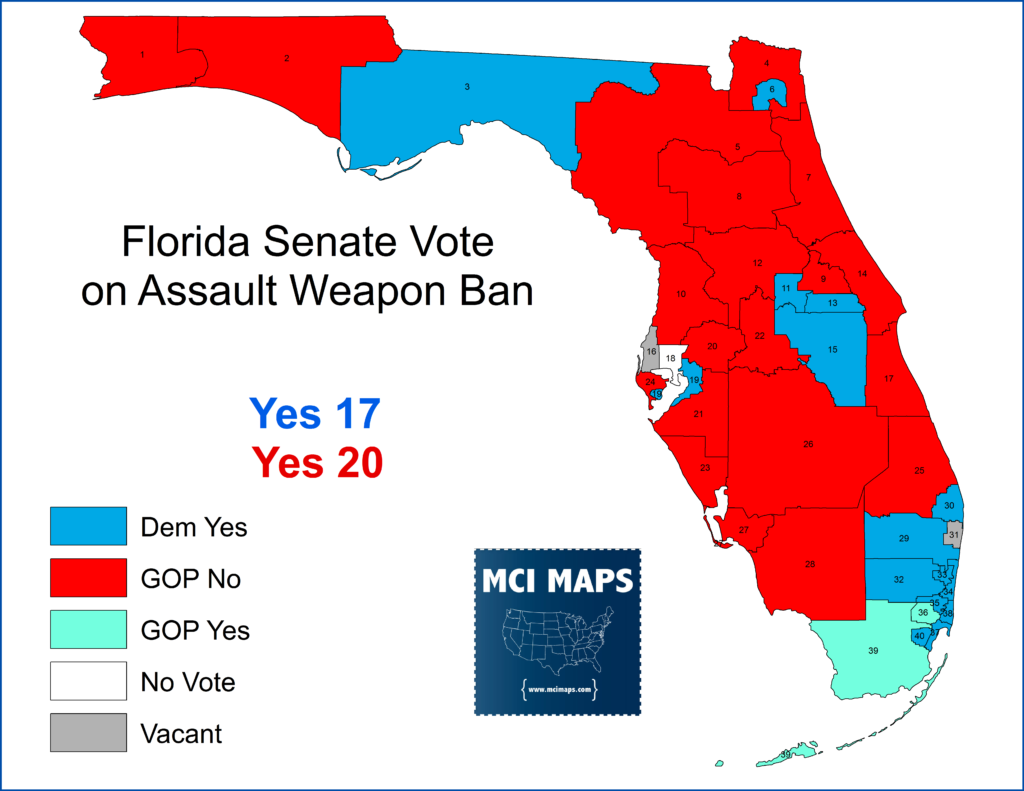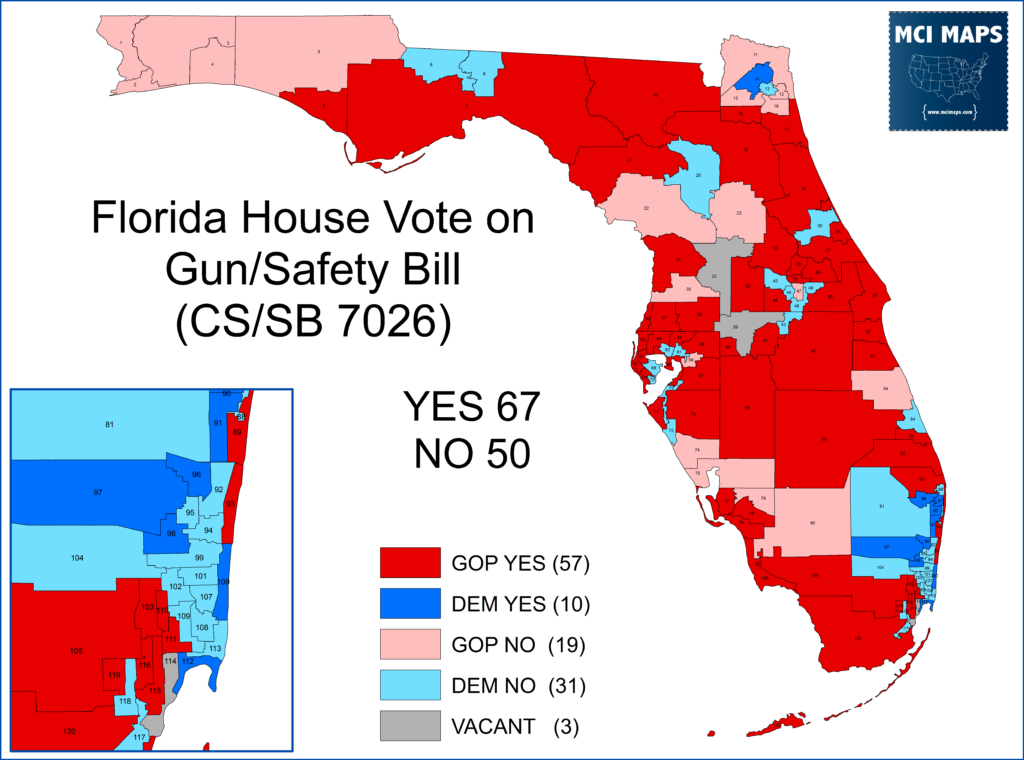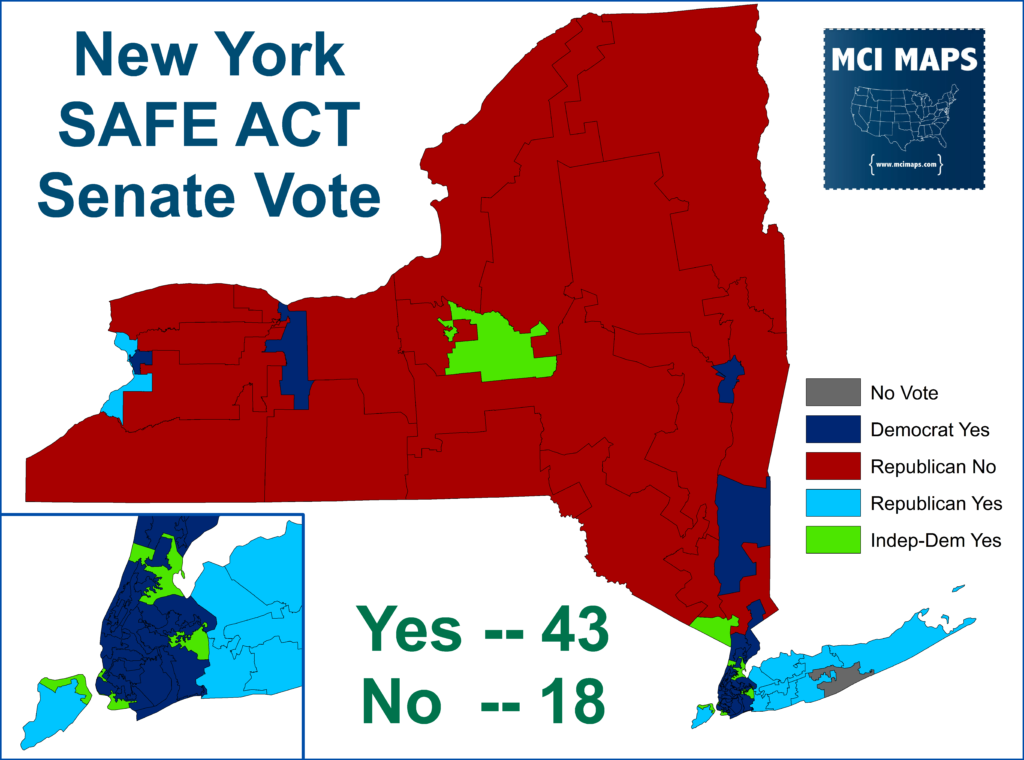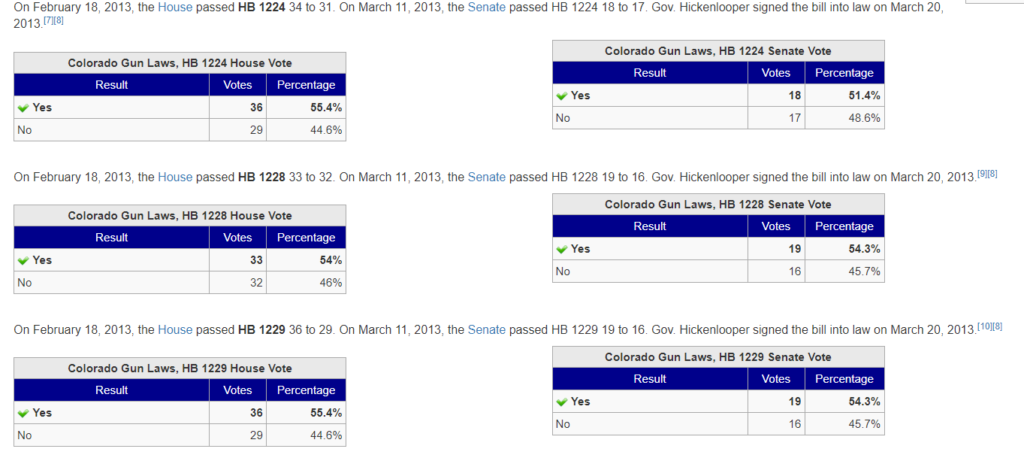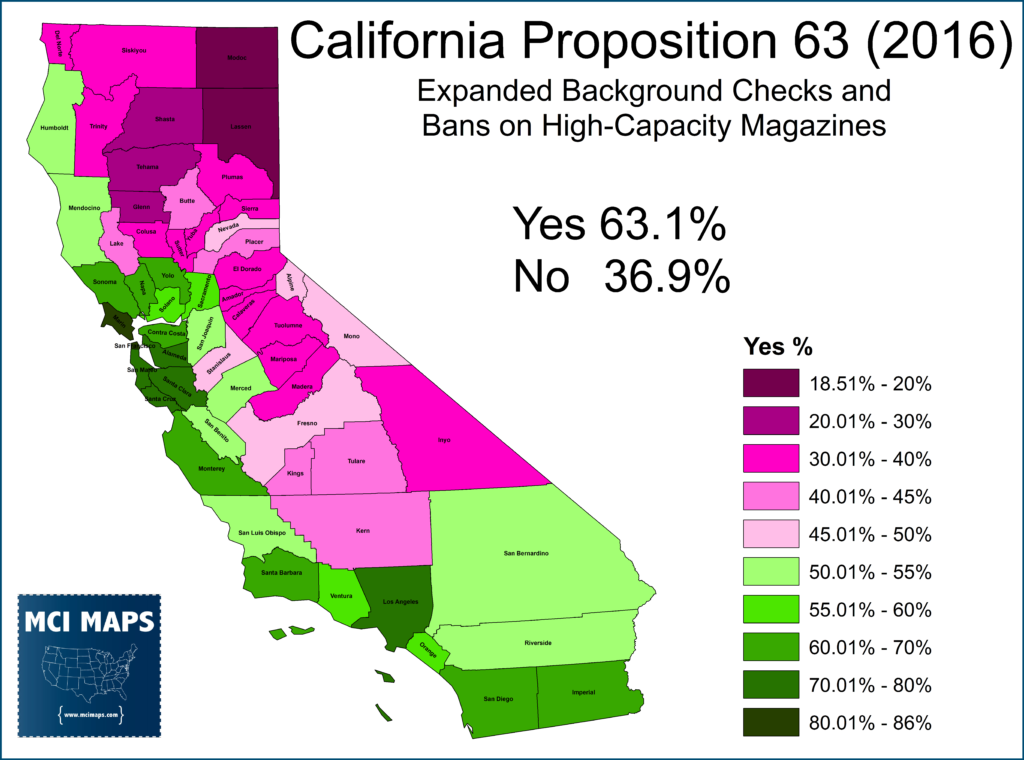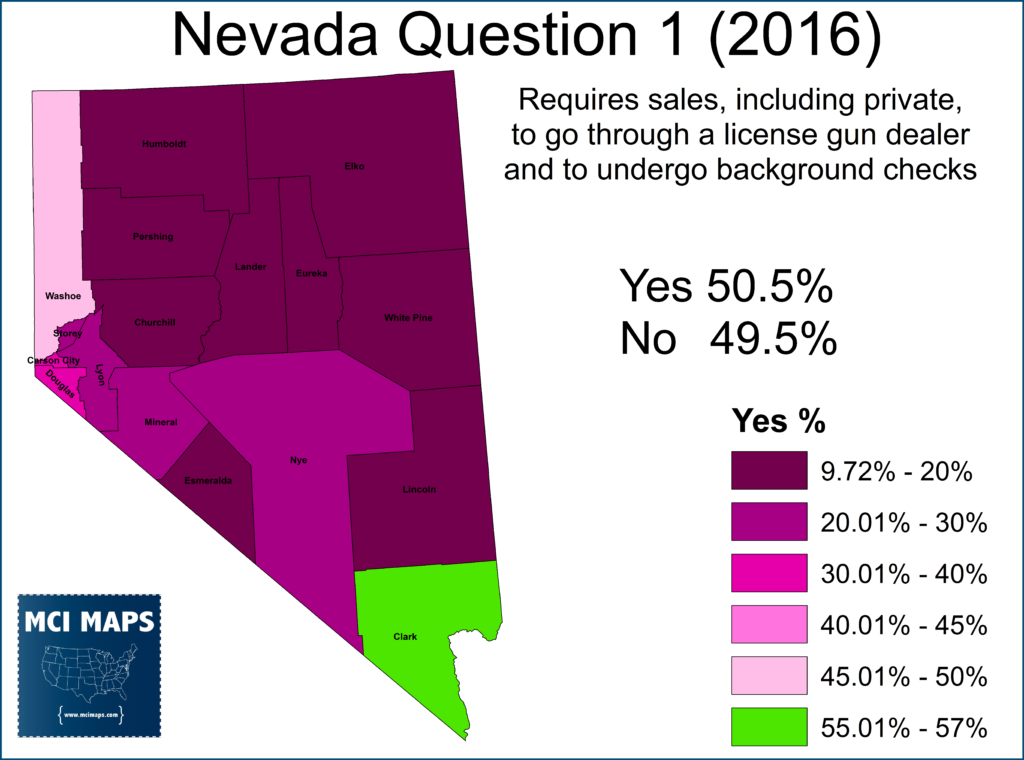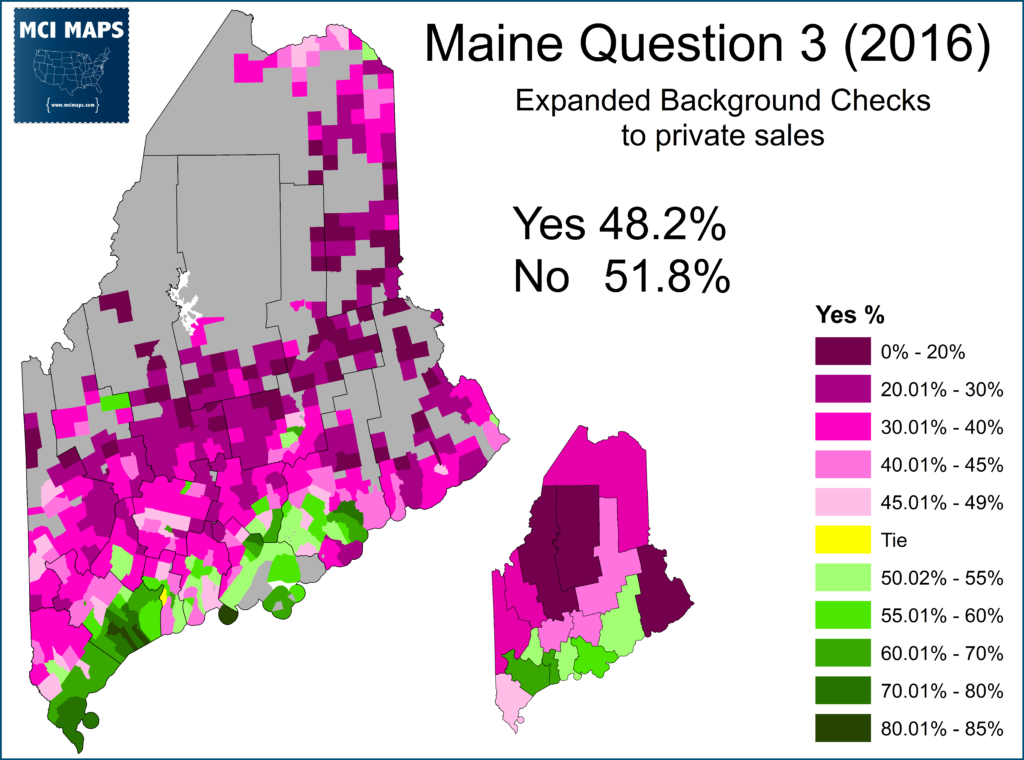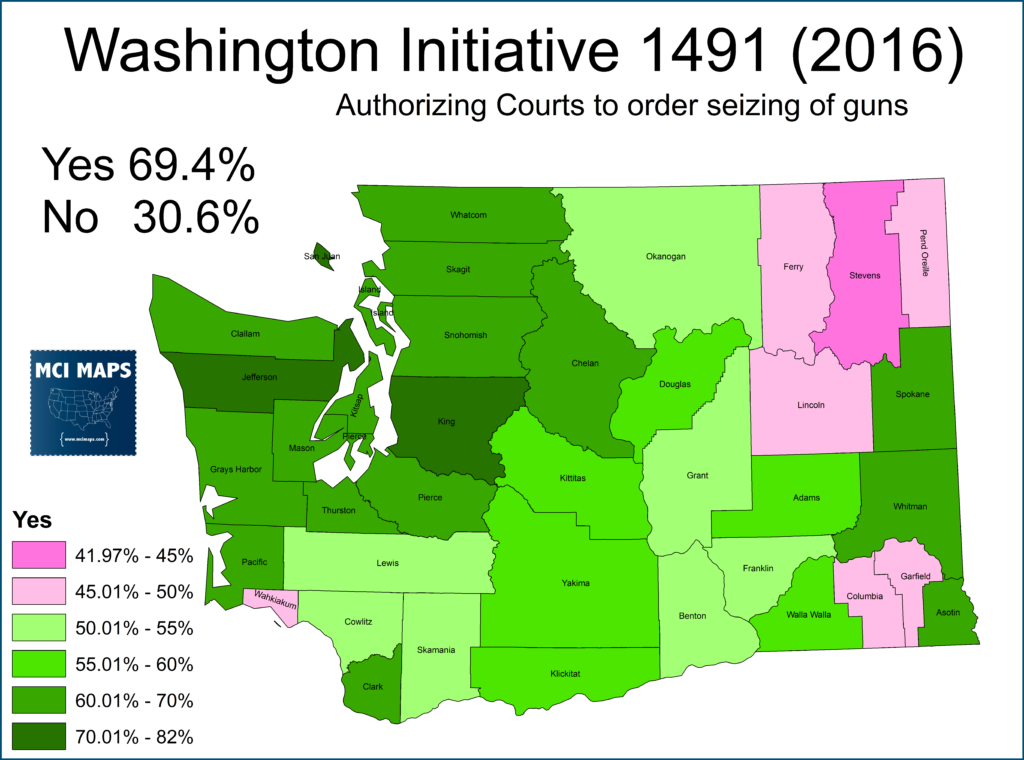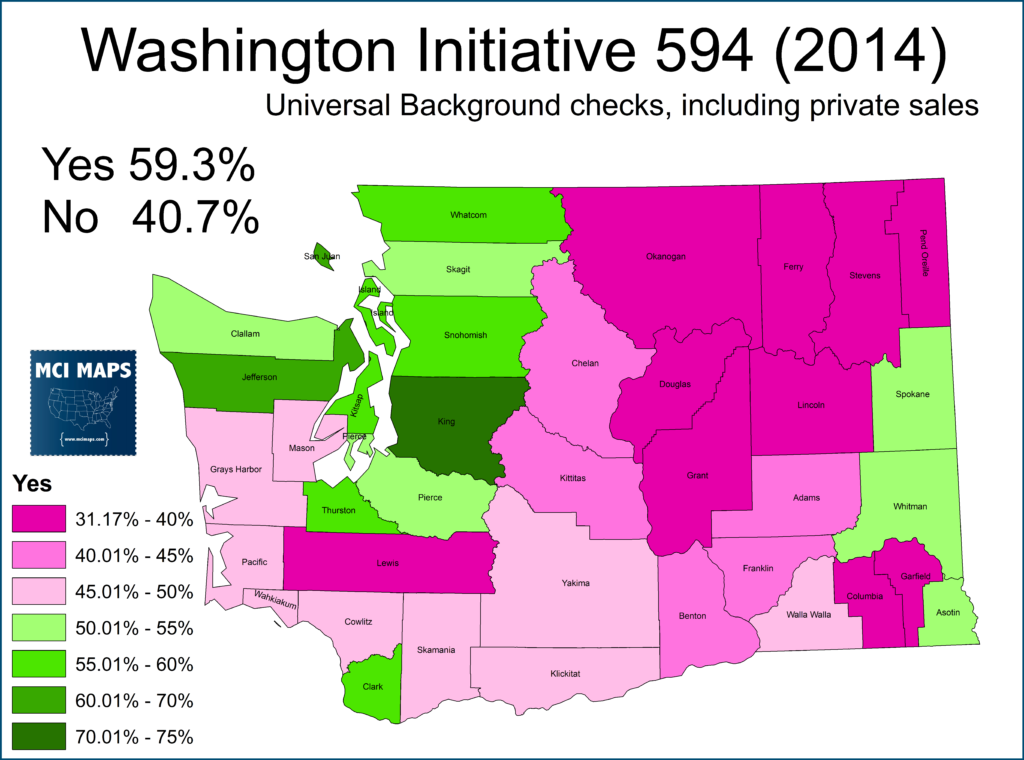Today, March 24th 2018, marks #MarchForOurLives – a day of marches and protests across the nation as people protest gun violence in America. The movement for gun control, which has been going on for years, was re-energized by the tragic shooting at Marjory Stoneman Douglas High School in Parkland Florida. Since the tragedy, the debate over gun control has taken a fever pitch. The issue tends to jump into public consciousness after tragedies, but fades from public focus within weeks. However, thanks to the activism of survivors of the shooting, the issue has not left the public consciousness the way it has with past shootings. News programs have been filled with kids from Parkland as they demand gun reform in wake of their fellow classmates being gunned down.
The shooting led to demonstrations at the Florida capital as well as walk-outs in High Schools across Florida as kids demanded reforms to keep them safe. (This list is incomplete)
Of course, the activism of the of the students led to backlash from the far-right and NRA goons. The kids were accused of being actors or being manipulated by their parents. Gun fetish people said Parkland was unrepresentative of America as a whole, a city of hyper liberals who were out of touch with middle America. This electoral criticism didn’t reflect the political reality of the region. Parkland is much more politically divided than deep-blue Broward County. A combination of upper-income residents and a large Jewish population have resulted in a city that deviates back and forth between both parties.
Florida’s Gun Reform
The shooting led to major debates in Florida’s capital; where the legislative session was currently underway. The legislature is heavily controlled by Republicans and hopes for major gun control were not high. There was a hope some modest reforms could take place. Legislative leaders drafted legislation that included proposals like…
- Ban on bump stocks (which increase firing power of guns)
- Increased funding for mental health and school security
- Increase age to buy rifles to 21
- Increase ability of officers to commit people deemed a threat
- Impose 3 day waiting period for any type of weapon
- Allow for arming of school personell (Marshall Program) if school district and Sheriff agree
The most contentious issue was the Marshall Program, allowing for the arming of school personnel. The program requires over 100 hours of training, but the prospect of teachers or any personnel with guns was very controversial. The proposal was especially controversial with African-American lawmakers, who, in the wake of police shootings for African-American kids, worried about how their children would be treated.
A vote in the Florida Senate to strike out the Marshall Program failed. The proposal was backed by all Senate Democrats as well as three Senate Republicans (Garcia and Flores – who are Hispanic; and Lee – who is white).
A similar vote in the State House failed as well.
The Senate also took up a proposal to ban assault rifles. The measure was backed by Democrats and GOP Senators Flores and Garcia, but failed overall.
After debating amendments, the Florida Senate voted to approve the gun reform package. The roll call vote was showed splits in both parties. Only three Democrats backed the measure; with opposition stemming from the Marshall Program. Several rural Republicans also rejected the measure because they didn’t favor the gun control in the bill. The NRA was vehemently opposed to the legislation.
Later that week, the House voted on the gun package that passed the senate. The roll call fell along similar lines. African-American democrats opposed the measure due to the Marshall Program while rural Republicans rejected the measure for its gun control elements.
The measure sparked fierce debate on both sides. Many gun control advocates were upset with the lack of assault rifle bans and the Marshall Program. However, the legislation was supported by families from Parkland. Meanwhile, the NRA lobbied strongly against the legislation, and was dealt a rare defeat in Florida. Most urban school districts have already announced they will not implement the Marshall program in their county; with over 60% of Florida students already in counties that will not allow arming of teachers. The voluntary nature of the program means most kids won’t wind up in schools with armed personal (other than resource officers).
Gun Control Via the Legislature
Florida’s Gun control legislation was not the first time tragedies have sparked reform in a state. After the Sandy Hook shooting in 2012, Connecticut passed major gun reform that restricted magazines, banned assault rifles, and increased background checks.
The Sandy Hook shooting sparked gun reform pushes across the nation. New York passed similar gun control legislation the same year as Connecticut. Its state house vote was assured, but its state senate, split between the two parties, was much more contentious. However, in the end, it easily passed the chamber despite upstate opposition.
Colorado passed gun control legislation in 2013 as well. The passage in Colorado was considered the most noteworthy, considering the state’s western reputation. Three separate bills; dealing with magazine restrictions and background checks, all passed.
Efforts to repeal the Colorado legislation have gone on for years, but no efforts have been successful.
Gun Control on the Ballot
Gun control has seen a rise of ballot activity in recent years. The last few cycles have seen more gun control proposals appear before voters than the last decade put together. California passed gun reform legislation in 2016, easily winning population centers on the coast, while losing in the rural inland counties.
Nevada passed legislation that required private gun sales (something long immune from background checks) to go through the same process as a sale done at a gun store. The measure barely passed thanks to fierce opposition from the rural counties. However, support in Clark County (Las Vegas) ensured passage.
Nevada is unique in that you can win just in Clark and win statewide. Almost 70% of the vote comes from there. The county chart below shows the gun vote by county.
While Nevada’s measure passed, similar legislation failed in Maine. The rural/city divide was also on display there. However, the proposal came just short of passage. This divide highlights a key data point for gun control supporters to understand. Background checks are popular, but the issue of “private sales” is more controversial. Rural residents worry it will impose on their ability to sell to friends of family and blister at the notion that they cannot determine for themselves that the buyer isn’t sane. For the record I don’t agree with this argument, but that is the debate going on.
Another major issue has been whether a court can order the seizure of your guns during the time you are being investigated for crimes or mental stability. The NRA demands “due process” but many see the benefit of restricting access to guns while someone guns under mental health evaluations for disturbing behavior. This issue came up in Washington State in 2016 and easily passed.
In fact, this was the 2nd time the measure appeared on the ballot. In 2014, a pro-gun measure was on the ballot saying the government could never take your guns away pre-conviction. That measure failed, though the vote was closer and far more counties voted on the pro-gun side. Granted this was a smaller, more conservative electorate, and in between the two years more mass shootings were in the public eye.
Another measure on Washington’s 2014 ballot was background checks for private sales. this measure passed easily, boosted by support in the cities. However, that same rural/city divide we saw in Nevada and Maine existed in Washington.
Finally, as recently as a few days ago, Chicago held a nonbinding referendum on the ban of bump stocks. The measure passed with over 90% of the vote, winning in every precinct.
Chicago has long been a poster child for gun violence. The support for restrictions is hardly surprising.
Conclusions
Gun control pushes are ebbing and flowing through public debate and the US Congress has been unable to pass any meaningful reform. However, at the state level we are seeing debate and changes being pushed or passed. The issue may not dominate cable news beyond a few weeks, but more an more people are seeing it on their ballot. This issue isn’t going away.

